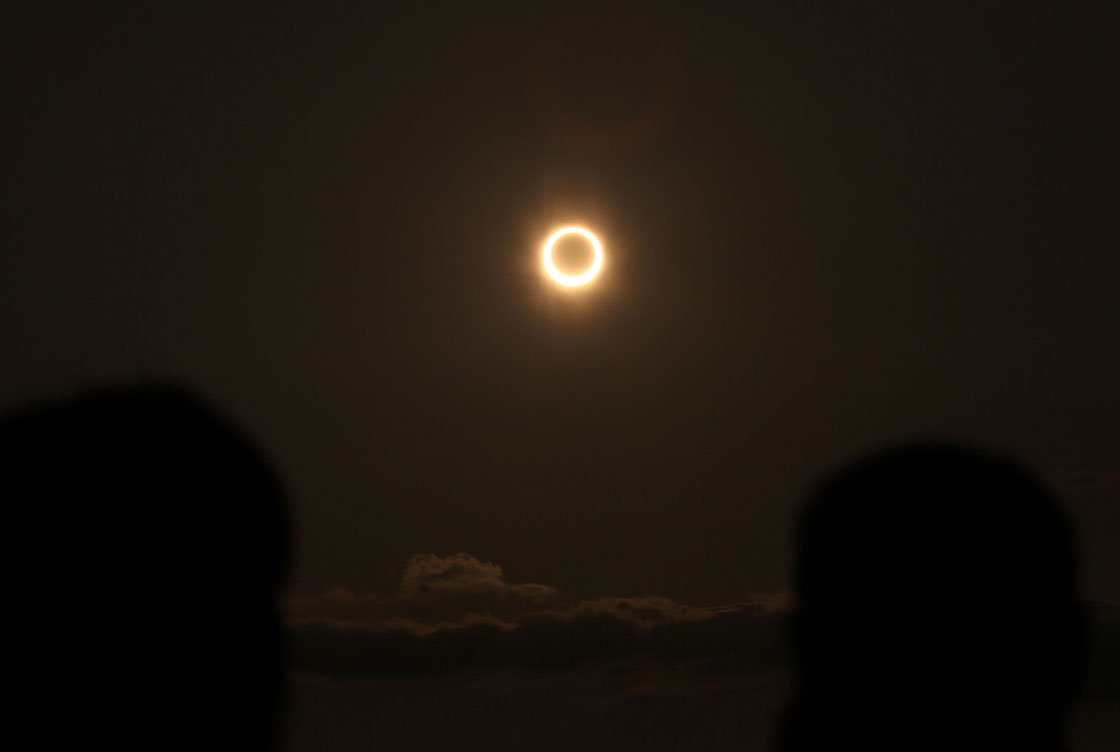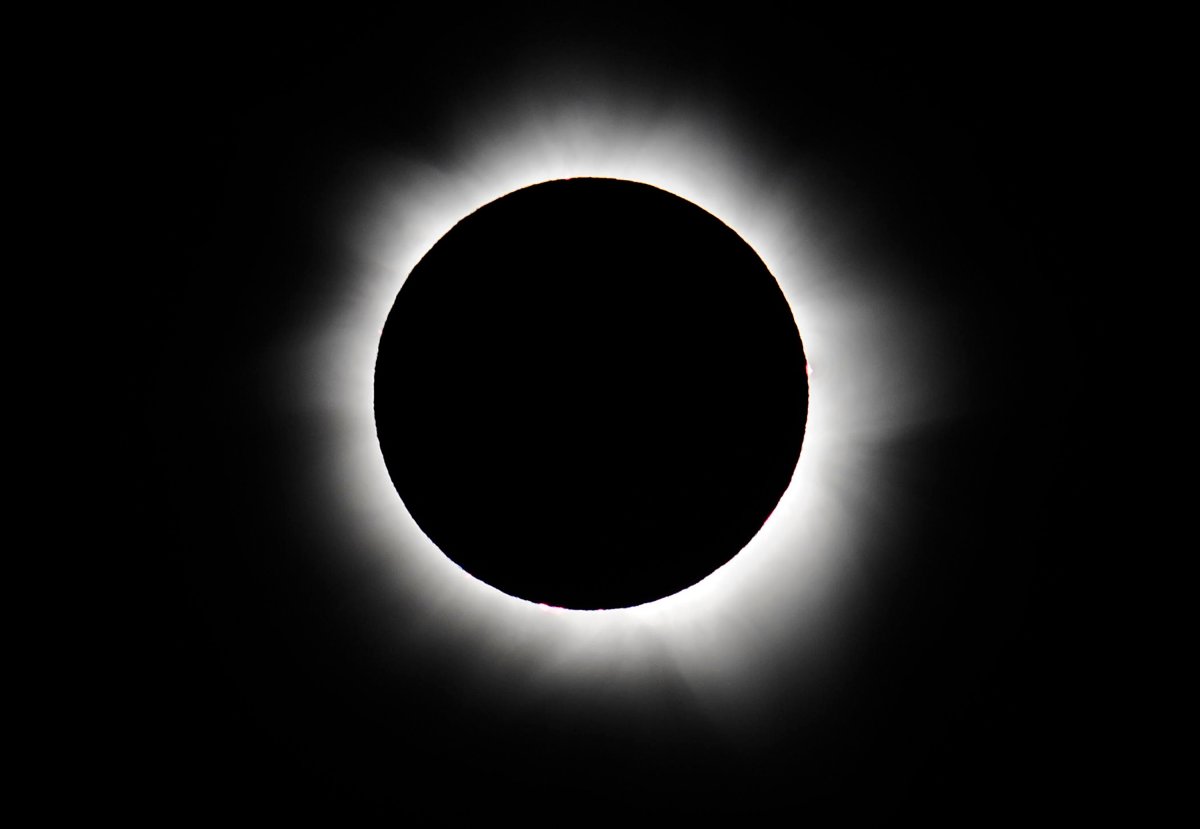Those living in the Pacific will be treated to a beautiful dance between the moon and the sun on May 9-10.

Beginning Thursday at 5:25 p.m. EST, the moon will slowly cross in front of the sun, treating viewers to an annular eclipse. Though an annular eclipse isn’t quite as spectacular as a total solar eclipse, it is still a breathtaking sight. Not every location will experience a full annular eclipse; for most places, it will be partial. The best place to be to witness it is in Australia and the Pacific and Indian Oceans.
If you’re not in Australia, don’t worry: there’s still an opportunity to view it online. Slooh will be broadcasting the event live starting at 5:30 p.m. Thursday, May 9.
The difference between annular and total eclipses is the amount of sun that the moon blocks out. Because the moon varies in distance from Earth (from between 356,000 kilometres and 406,000 kilometres), its apparent size — how large it appears to us — also varies, by as much as 13 per cent. When the moon is at its minimum distance and it crosses the sun, we get a total solar eclipse. When the moon is closer to its maximum distance, it appears smaller and its disk only covers part of the sun.
This is Australia’s second solar eclipse in six months. Last year, the eastern part of Australia was treated to a total solar eclipse.
Remember: Never look at the sun without proper eye protection.



Comments